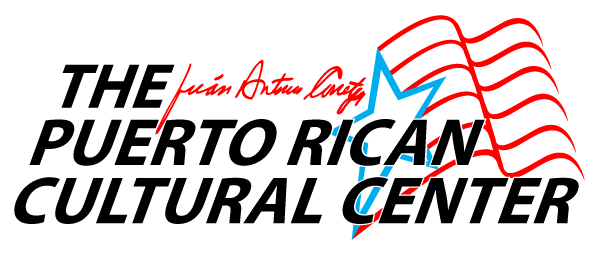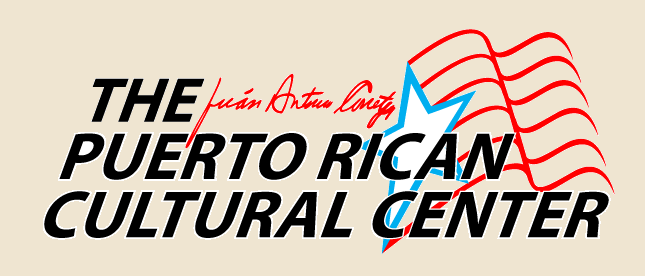A little over a month ago, a Puerto Rican finally made it into space. The California-born hydrogeologist, Joseph Acaba, even made sure to play the song “Que Bonita Bandera” as a wake-up call and to hang a Puerto Rican flag in the spaceship – a requirement for any Boricua on the national stage, or in this case, the celestial stage. It was at that very moment that “yo seria borincano aunque naciera en la luna” – the line of a famous poem by Juan Antonio Corretjer – took on new, ironic meaning. The important and interesting aspect of this seemingly minor human event is not that a Boricua finally made into space, where the moon lies, as the poem mentions, but that it is a Puerto Rican from the Diaspora – born not on the island but in the U.S. that did it. What is even more amazing is that he was revered and claimed as a native son on island newspapers and television commentary. “I would be Puerto Rican even if I was born in the moon.”
Boricuas everywhere were speaking of this rare and prestigious occurrence. Understandable since as colonial people we have always been informed of our alleged inferiority and incapability. For this small moment, it did not matter if it was the Puerto Rican from “alla” that accomplished something for our people, a “Nuyorican” that is not “really” Puerto Rican as some tease. The week leading up to April 4, 2009 in the Puerto Rican community in Humboldt Park, Chicago, Corretjer’s old poem also took new and ironic meaning, providing a sense of puertorriquenidad and historical memory that very few places are able to produce. This community in the middle of the cold and post-industrial Midwestern U.S. is also challenging what it means to be Boricua.
In every April, for one week, the Puerto Rican community in Chicago commemorates the capture of a group of Puerto Rican freedom fighters in Evanston, Illinois during tumultuous political times. April 4, 1980 initiated what would become an international campaign that eventually led to a Presidential clemency offer in 1999 for 11 political prisoners (two remain imprisoned).
At the University of Illinois at Chicago (UIC), the Union for Puerto Rican Students (UPRS) hosted their 15th annual Pa’Lante Conference dedicated to the educational realities of Puerto Ricans in Chicago. The conference invited top-notch academic speakers, held panel discussions, poetry open mics, and conducted a tour of Paseo Boricua. At Northeastern Illinois University, the Union for Puerto Rican Students hosted two major events – Plantando Semillas, which focused on the needs, projects, and status of Latina/o programs and organizations at this “Hispanic Serving Institution” and Patriotas Boricuas, inviting former political prisoners Ida Luz Rodriguez and Luis Rosa to speak. The organization also distributed hundreds of copies of the new Que Ondee Sola edition, the oldest Puerto Rican or Latina/o student magazine in print and conducted a tour for 20 senior students from Dr. Pedro Albizu Campos High School after a Proyecto Pa’Lante application workshop. Saturday, April 4 was the festive and emotional culmination of a phenomenal week, with over a hundred people crammed into the Batey Urbano youth space to hear activists, artists, musicians, and community leaders – old and young – speak, read poetry, sing, rap, and reflect on the struggles and accomplishments of this community.
It is no coincidence that most of the members of the two chapters of UPRS were born and raised, live, and/or work in the Humboldt Park community – all second or third generation Puerto Ricans. It is also no coincidence that nearly all of the former Puerto Rican political prisoners captured in the 1980’s were from Chicago, some of which never visited the island until their release. Some of the people in the Batey Urbano that night have only seen Puerto Rico in the old photos of their grandparents, but proudly raised their fists when our national anthem – La Borinquena (version revolucionaria) was played. How is this possible? How is it possible for so many generations, so many young people to be involved in building a connection between the university – the bastion of educational possibilities – and the Puerto Rican community, especially around an important historical event so connected with the Diaspora but also the political paradox of the island? It is possible, because being Puerto Rican is more than having an island town on one’s birth certificate. It is possible because we have a strong and well-organized community. After all, the greatest symbol of our island – the flag – was made in New York City in 1895 and its largest monument is found on Paseo Boricua, Chicago since 1995. This sense of Puerto Rican-ness can only stay possible if we continue to support and dedicate ourselves to building and re-creating a home away from home right here on Paseo Boricua.[/lang_en]





